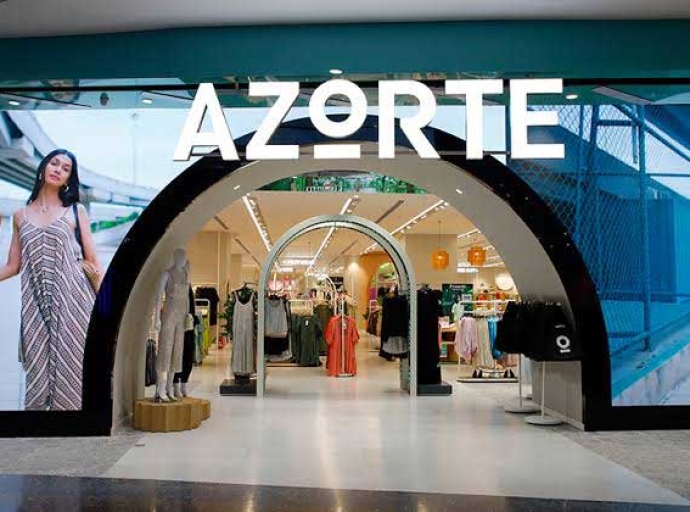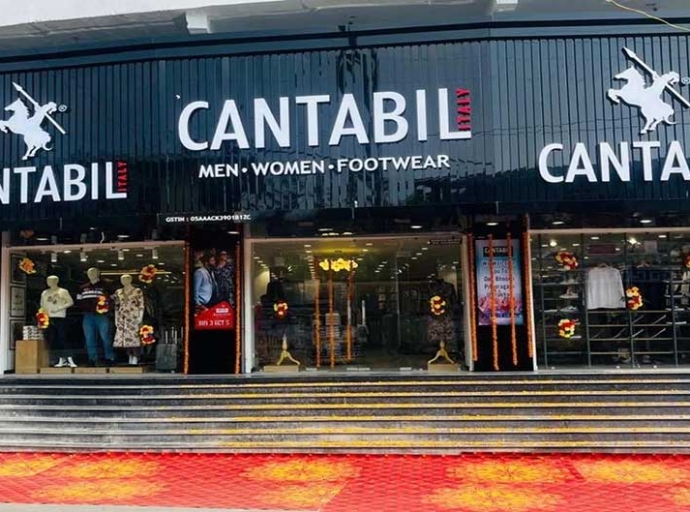India's new consumption mantra, premium is the new normal

Known for its value-conscious consumers, a new trend is taking root in India: premiumisation. As India's middle class expands and aspirations soar, the demand for high-quality, luxurious, and aspirational products and experiences is surging. This change in consumer behavior is reshaping industries, from fashion and apparel to electronics and automobiles, and is driving a new wave of economic growth.
An evolving trend in India
Premiumization is the process of upgrading products or services to a higher level of quality, luxury, or exclusivity. It is driven by consumers' increasing desire for better quality, unique experiences, and products that reflect their personal style and aspirations.
Multiple research studies and reports corroborate this trend. A 2024 study by Wright Research reveals that high-value vehicle sales, priced above Rs 10 lakh, saw a significant increase, outpacing overall vehicle sales growth. Similarly, a report by Equentis highlights growth in demand for premium goods and services, indicating a shift in consumer preferences towards higher-quality products even amidst a global economic slowdown.
A report by Bain & Company reveals, India's luxury market is expected to grow at a CAGR of 10 per cnt over the next five years, reaching $5 billion by 2025. The Boston Consulting Group (BCG) estimates the premium segment in India is growing three times faster than the mass market. Similarly, NielsenIQ's research shows premium products are now driving growth across various sectors, including food and beverages, personal care, and home appliances.
The growth of this trend is due to growing fashion consciousness and desire to express individuality. Social media and celebrity culture too has its impact and increasing preference for sustainable and ethical fashion has given also been a catalyst for growth.
Millennials and Gen Z, the ‘digital-native’ generations are driving the premiumisation trend, seeking unique and personalized experiences. They are willing to pay a premium for products that align with their values and lifestyle choices. Similarly as disposable incomes increase, the middle class is increasingly opting for premium products that offer better quality and durability. They are also drawn to aspirational brands that enhance their social status. What’s more trend is no longer confined to metros as rising affluence and exposure to global trends is pushing up demand for premium products in smaller cities and towns.
Reflections in fashion and apparel sector
The fashion and apparel sector exemplifies premiumisation in India. Consumers are increasingly gravitating towards high-end brands and designer labels, willing to pay a premium for quality, style, and exclusivity. A CRISIL report predicts an 8-10 per cent growth in the apparel retail sector in FY25, egged on by premium and fast-fashion segments.
And premiumisation's influence spans across apparel segments. In menswear, the demand for bespoke tailoring, luxury brands, and high-quality fabrics is on the rise, reflecting a growing desire for refined and sophisticated menswear. Womenswear market on the other hand is witnessing a rise in demand for designer labels, premium ethnic wear, and luxury accessories, signalling a preference for stylish and exclusive fashion. Even in kidswear segment, parents are increasingly opting for premium brands, focusing on quality, comfort, and style for their children.
In fact, premiumisation is more than just a trend; it's a reflection of India's evolving consumer landscape. As aspirations rise and disposable incomes increase, the demand for premium products and experiences will continue to grow. Brands that can tap into this trend by offering high-quality, unique, and aspirational products are poised to thrive in the new India.
Latest Publications

































